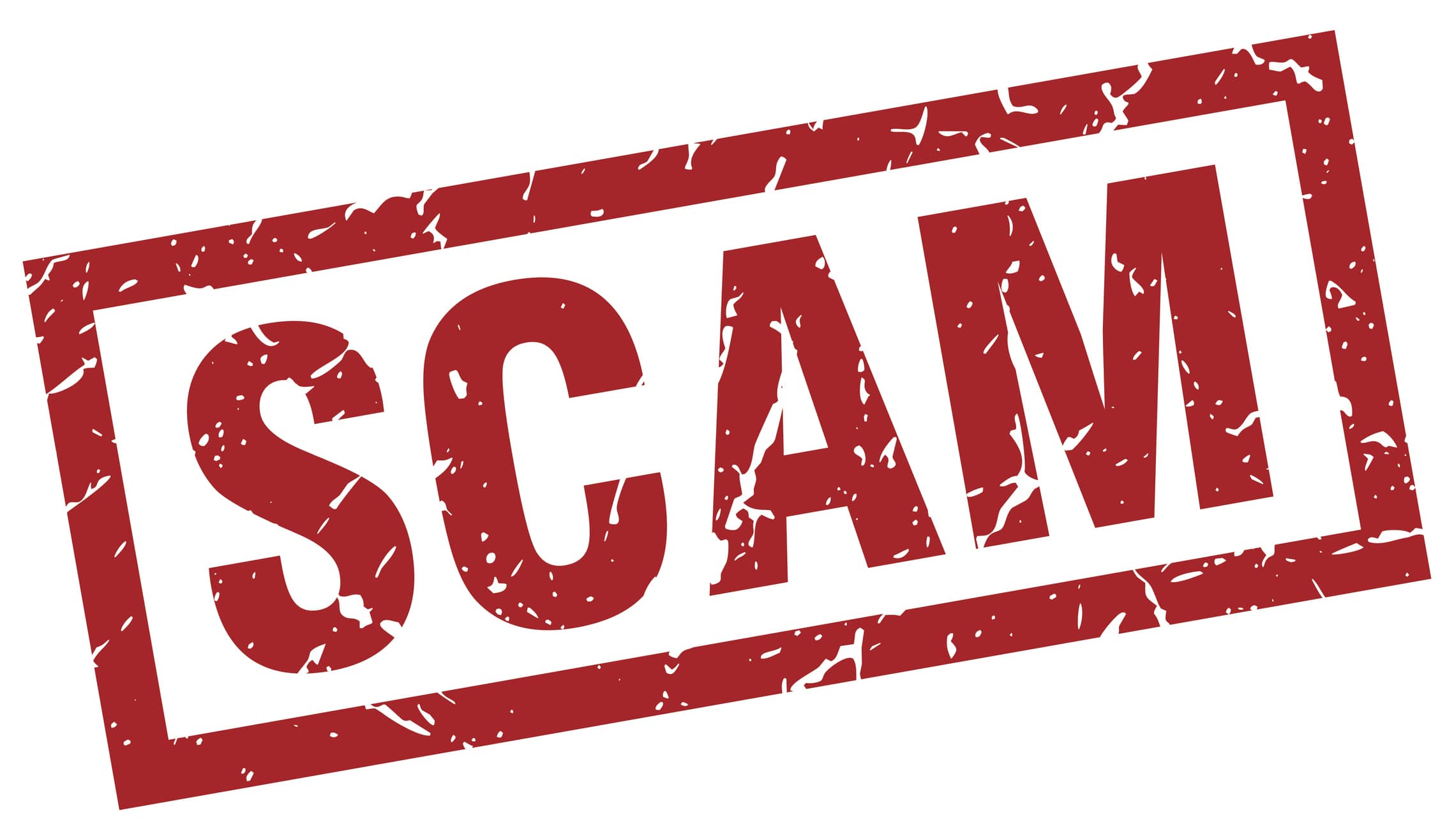If you've ever rehearsed your startup pitch and thought,
“I sound like I’m trying to sell a used car...”
You're not alone.
Pitching your startup idea can feel awkward, especially if you're not a natural salesperson. You want to impress, persuade, and excite people... without coming off like you're forcing something.
The good news? You don't need slick slides or hyped-up jargon.
You just need to learn how to speak with clarity, confidence, and connection.
Let’s walk through how to pitch your idea without sounding like a walking sales funnel.
🚫 Why “Salesy” Pitches Fall Flat
When pitches feel too sales-driven, people tune out. Here's why:
They feel scripted and inauthentic
They focus more on hype than real problems
They use buzzwords instead of clear language
They prioritise features over human stories
People don’t invest in ideas.
They invest in clarity, conviction, and people they trust.
✅ Step 1: Lead with the Problem—Not the Product
Before you talk about your app, tool, or service, make it crystal clear what real-world problem you're solving.
Example (bad):
“We’ve built an AI-powered CRM that revolutionizes lead nurturing.”
Example (better):
“Most small business owners waste hours trying to follow up with leads—and still lose deals. We’re fixing that.”
People relate to problems they’ve felt. Start there. It instantly builds emotional buy-in.
🧠 Step 2: Use Human Language, Not Startup Buzzwords
Cut the jargon. Say it like you’d explain it to a smart friend over coffee.
Instead of:
“We leverage blockchain to decentralize value exchange.”
Say:
“We’re building a platform where people can safely trade digital assets—without needing a bank or middleman.”
When in doubt:
Avoid acronyms
Say “we help” instead of “we provide”
Keep it simple and conversational
🗣️ Real > Slick
🔍 Step 3: Tell a Short Origin Story
Every great pitch has a human moment.
Here’s the formula:
“I noticed this pain point → I couldn’t find a good solution → So I started building one.”
It makes your idea relatable, and shows personal skin in the game.
Example:
“When I freelanced full-time, I spent more time invoicing than actually working. So I built a tool that automates that entire process.”
You're not just building a product. You’re solving your own problem, which makes your story authentic, not salesy.
🎤 Step 4: Focus on Impact, Not Features
Don’t just list what your startup does. Tell people what it does for them.
Features tell.
Benefits sell.
Impact inspires.
Feature: “It syncs with your calendar.”
Benefit: “So you never miss another client call.”
Impact: “You look professional, save time, and win more business.”
When pitching, show how your idea makes life better, easier, faster, or cheaper.
📊 Step 5: Share Traction (Even If It’s Small)
You don’t need a million users to show progress.
Mention anything real:
Early users
Revenue (even small)
Partnerships
A working prototype
Strong engagement or feedback
Even saying,
“We launched a waitlist last week and got 200 signups without ads,”
proves there’s demand.
💬 Action > Hype
🤝 Step 6: Match Energy, Not Volume
You don’t have to “sell” harder. Just believe deeper.
Instead of raising your voice, raise your confidence in your idea. Talk with the calm excitement of someone who knows they’re solving something important.
Confidence isn’t about volume—it’s about clarity, consistency, and conviction.
If you're nervous, rehearse enough that your pitch becomes a conversation, not a performance.
🎯 Step 7: End With a Clear Ask
Don’t let your pitch fizzle out.
Close with something specific like:
“We’re looking for advisors in health tech with go-to-market experience.”
“We’re raising ₹10 lakhs to expand our team and launch version 2.”
“We’d love to pilot this with 3 local businesses before we go public.”
📌 Bonus tip: Say thank you. Gratitude builds bridges. Always.
💬 Sample Pitch Framework (Less Sales, More Story)
Here’s a simple format you can follow for your next pitch:
The Hook (problem)
“Have you ever...?”
“Most [audience] struggle with…”
Your Why (story)
“I experienced this too. So I built...”
Your Solution (product)
“It helps people do [X] without [Y].”
Proof (traction)
“So far, we’ve helped [customers/data].”
Vision (impact)
“We believe this can change how [industry] works.”
The Ask (next step)
“We’re looking for...”
❌ Common Mistakes to Avoid
Let’s clean up a few pitch pitfalls that can kill trust fast:
Overclaiming: Don’t say “first-ever” or “disrupting everything.”
Overloading: Don’t list 10 features—pick 2–3 that matter most.
Overtalking: Respect time. Keep your pitch under 3 minutes unless asked for more.
Overhyping: Show results, not promises.
Authenticity beats theatrics. Always.
✅ Final Thoughts: Ditch the Pitch. Start a Conversation.
At its core, pitching isn’t about selling—it’s about sharing.
When you talk about your startup from a place of real belief and human understanding, people don’t feel like they’re being sold to.
They feel like they’re being invited into something meaningful.
That’s the goal.
So if you're nervous before your next pitch, take a breath and remember:
You’re not trying to be slick.
You’re trying to be clear, honest, and human.
And that? That’s what gets people to lean in.
📌 Want More?
Check these out:
“Why I Stopped Chasing Investors and Bootstrapped Instead”













Recent Comments
No comments yet.